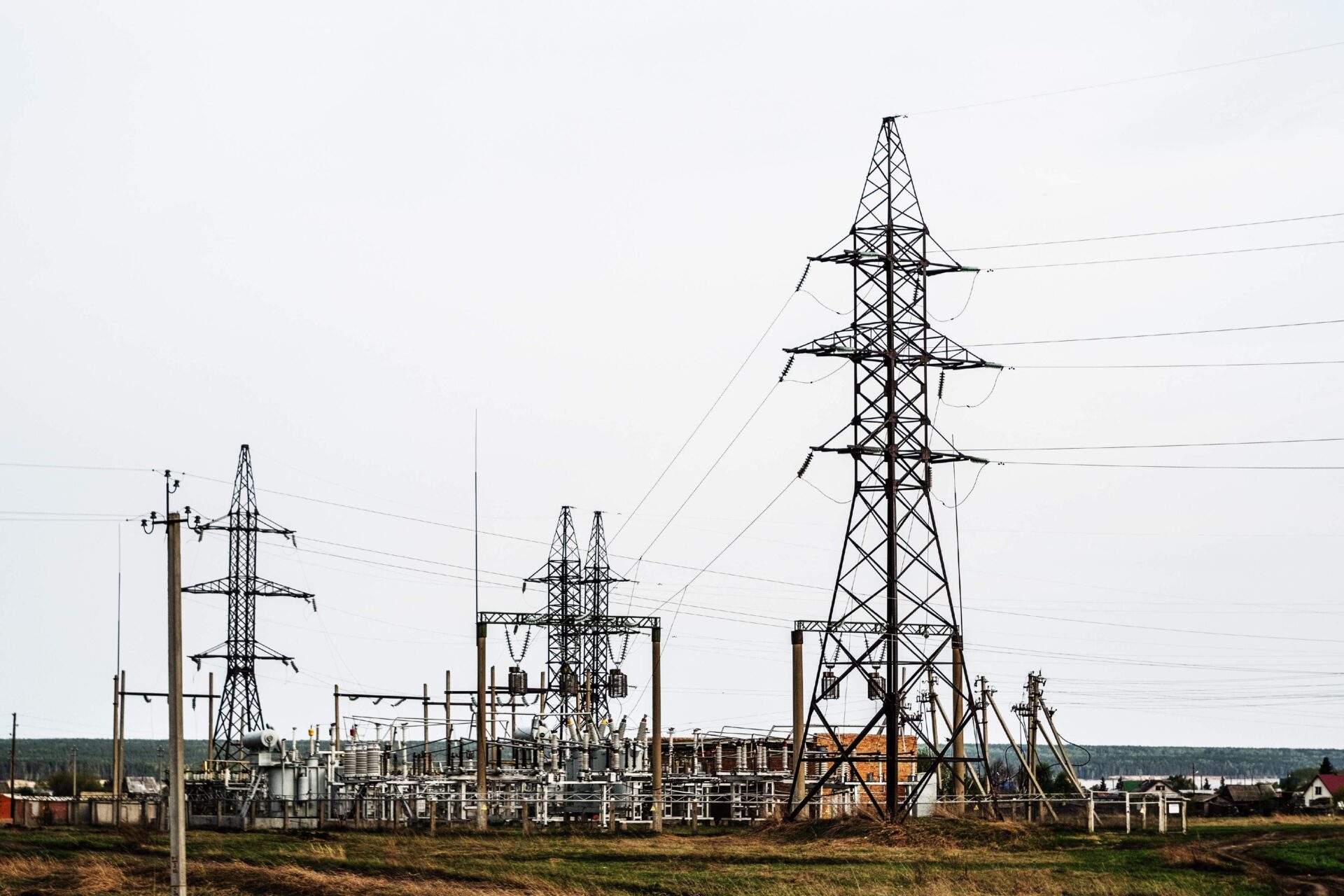Power lines are considered to play a vital role in modern infrastructure that facilitates power transmission from points of electricity generation to different residents, industries or businesses. There is a misconception among people that power cables not only carry electricity but also emit electricity. This blog will help in exploring the role that transmission cable producers play to ensure safety as well as efficiency in transmission of power.
What are power lines?
Transmission cables or power lines are serving as conduits for transmitting electricity traveling through longer distances. These power lines consist of different conductive materials made up of either copper or aluminum with some insulating materials that it surrounds for preventing power loss and also ensures safety. One of the major objectives of the power lines is transportation of electricity from the sources of power generation.
The Concept of Power Flow
It is important to have an understanding of the nature of flow of power through the transmission cables for identifying whether it gives off electricity. Power flows smoothly through conductive materials that are present in power cables driven by the voltage generated from power sources. However, the power or electricity are not capable of radiating in the surrounding environment unless there is any kind of malfunctioning or technical issues.
Electromagnetic Fields
Power lines aid in creating electromagnetic fields (EMFs) as a result of passing electric current through them even on not releasing electricity in the atmosphere. Each electrical current is surrounded by EMFs. A few examples of the variables affecting these fields’ strength include levels of voltage and the amount of current that passes through the power lines. It is therefore important to remember that excess EMF can create potential health implications and the exposure should also be limited considering the regulatory bodies.
Safety Measures and Transmission Cable Producers
The transmission cable manufacturer ensures safe as well as efficient transmission of electricity and power. The power utility companies should design and produce power cables in meeting stringent regulations and standards of the power industry. Insulation materials should be chosen carefully by the manufacturers of transmission cable for preventing electricity leakage as well as minimizing impacts of the EMFs on the surrounding environment.
The manufacturers of transmission cable should consider employing advanced technologies as well as testing procedures that can assess the transmission cable’s quality as well as its reliability. They should be taken into consideration for implementing different measures of quality control for identifying the risks of defects associated with power cables and rectifying them timely. Moreover, consideration of advancements in engineering and science that contributes to developing cables which are efficient as well as environment friendly.
Adhering to the Safety Regulations
There are various regulatory bodies and government policies that enable installation as well as operations of safe and secured power lines. Such regulations impose restrictions on the electric as well as magnetic fields that are produced by the power cables. Adherence to these policies or regulations the companies of power transmission are making efforts for minimizing any kind of power infrastructure risks. It is therefore vital for the producers of the transmission cables or power utilities for being aware of the guidelines associated with the safety and maintaining safe distances for the power lines to avoid any kind of hazards. They should also consider providing people located in nearby areas to power cables with warnings and education campaigns for informing them regarding the potential threats. They should also let the public know about the precaution measures that they can take while staying in and around the areas of power lines. This is responsible for saving many people’s lives as well as property from being destroyed if any faults take place in these areas.
Role and Function of Grounding
For further enhancing the safety as well as prevention of electrical discharges that are unintended, grounding of power lines are considered by the transmission cable producers. The grounding process is responsible for providing a pathway to electric currents inflowing safely through ground in case of defects or malfunctioning. This is responsible for helping provide people as well as equipment with protection from all potential hazards that may take place due to faulty power lines.
Final Reflection
Power lines do not give off electricity on their own for emitting it in the surrounding environment. However their main objective or role is transmitting power from the source point to the end destination. While the production of EMFs are considered to be a natural phenomenon due to flow of current through power cables. Thus the manufacturers of transmission cable should be implementing efficient and strict measures of safety for mitigating any potential risks caused through power defects. They should be considering efficient safety measures for preventing the hazards that defective power lines might cause and affect the property and lives of people.


